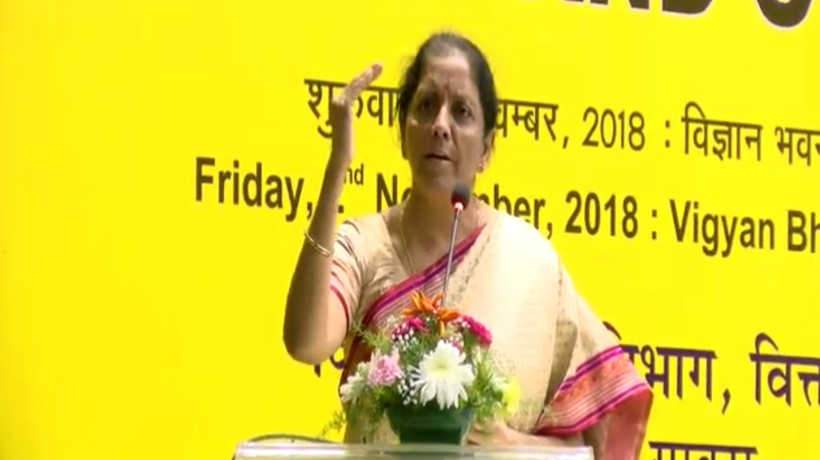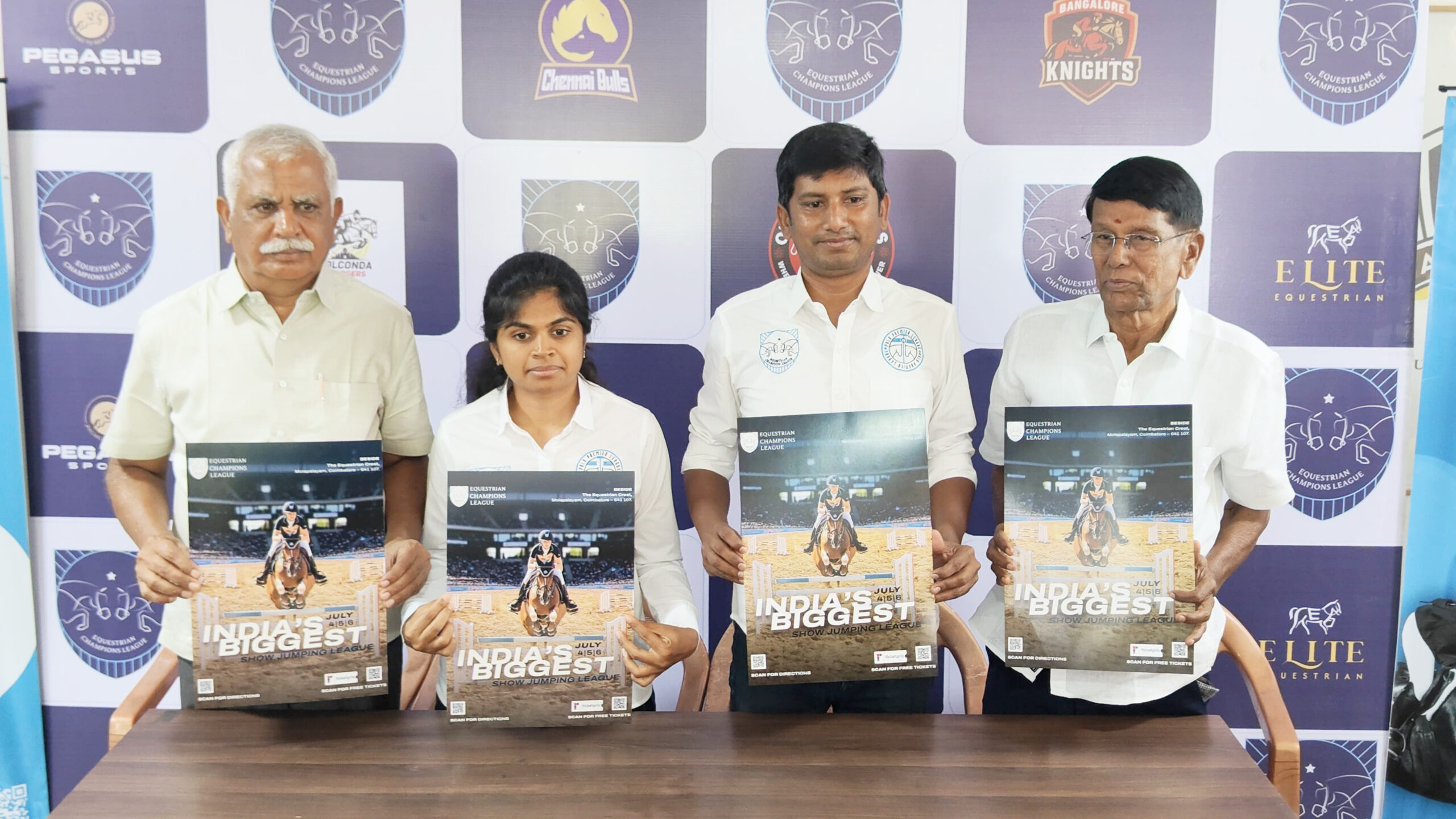Trending Now
- “If Edappadi Palaniswami permits, a thousand young members from the Virudhunagar district AIADMK are prepared to take up arms and engage in battle under my command.” – Former AIADMK Minister Rajendra Balaji
- “India is ready to deal with any counter-attack by Pakistan” – Wing Commander Vyomika Singh
- Central govt orders extension of CBI Director Praveen Sood’s tenure for another year
Whats Hot
Chandrayaan-2: Crucial day for Vikram lander as Nasa lunar orbiter set to fly by, take photos
![]() September 17, 2019
September 17, 2019
An orbiter operated by the United States is set to fly over the part of the Moon where the Chandrayaan-2 lander Vikram lies after having lost contact with Earth during its attempt to land on the lunar surface. On Tuesday, exactly 10 days after the Vikram lander went silent, Nasa’s Lunar Reconnaissance Orbiter will fly over Vikram’s landing site and attempt to take pictures of the lander in the hopes of determining the spacecraft’s fate.
However, there are concerns that fading sunlight in the region, where Vikram is, could blur the photos that Nasa’s Lunar Reconnaissance Orbiter will attempt to take.
A spokesperson for the National Aeronautics and Space Administration had previously confirmed that the space agency’s Lunar Reconnaissance Orbiter will fly over Vikram’s landing site on September 17. It is unknown at what time will the orbiter perform the fly-by.
Interestingly, it turns out that Nasa’s LRO had managed to collect data during the Chandrayaan-2 lander’s descent in the early hours of September 7. A Nasa official, speaking at an event in the US recently, said the LRO studied changes to Moon’s atmosphere caused by rocket effluent released during Vikram’s descent.
“As a matter of fact, during the descent of Chandrayaan-2, the LAMP instrument was observing the changes in the exosphere as a result of the rocket effluence coming down,” Jay Jenkins, program executive for the Office of Exploration at NASA’s Science Mission Directorate, was quoted as saying by Space.com.
LUNAR RECONNAISSANCE ORBITER
Launched in 2009, Nasa’s Lunar Reconnaissance Orbiter is part of an exploration-cum-science mission. The LRO has spent a large part of its mission mapping the lunar surface to identify sites for future robot and human missions to the Moon.
According to Nasa, the data collected by the Lunar Reconnaissance Orbiter “will help the world develop a deeper understanding of the lunar environment, paving the way for a safe human return to the Moon and for future human exploration of our solar system”.
Interestingly, one of the key focus areas for the Lunar Reconnaissance Orbiter is exploring the Moon’s polar regions, which are home to permanently-shadowed craters thought to contain iced water.
This mission objective is the same as Chandrayaan-2. The Chandrayaan-2 orbiter, which is safe in its orbit around the Moon, too will study the south polar region of the Moon and attempt to estimate the quantity of iced water present there.
Chandrayaan-2’s predecessor Chandrayaan-1 had created history around a decade ago by confirming the presence of iced water in the region.
WHAT NEXT FOR VIKRAM LANDER?
The Indian Space Research Organisation is running out of time to get in touch with the Vikram lander. The lander’s mission life — and that of the six-wheeled rover Pragyaan that Vikram carries — was just one lunar day, which corresponds to 14 Earth days.
Vikram attempted landing on the Moon on September 7, just as day began on the Moon. By September 21, it will be night time on the Moon and even if Isro does manage to get in touch with Vikram, it will be left with no resources to charge the Chandrayaan-2 lander and keep it powered on.
Also, what this timeline means is that right now, it is evening on the Moon. The fading sunlight could come in the way of Nasa’s Lunar Reconnaissance Orbiter taking a good-quality image of the Vikram lander.
Whatever happens, we will know more in the coming hours and days.
WHAT HAPPENS TO THE MOON MISSION?
The Chandrayaan-2 orbiter, which has onboard a majority of the mission’s experiments, is safe and in fact, has seen its life being extended. Thanks to fuel that was saved during the trip to the Moon, the Indian Space Research Organisation was able to extend the orbiter’s mission life from one year to seven years.
Over the few years, the Chandrayaan-2 orbiter will map the lunar surface, study the Moon’s atmosphere and examine for the presence of various minerals on the Moon. The most significant experiment, the Chandrayaan-2 orbiter will perform will be to estimate the quantity of iced water on the Moon.
With its water experiment, the Chandrayaan-2 orbiter will carry forward the legacy of Chandrayaan-1 which made history in 2008 by finding evidence of water on the Moon.























